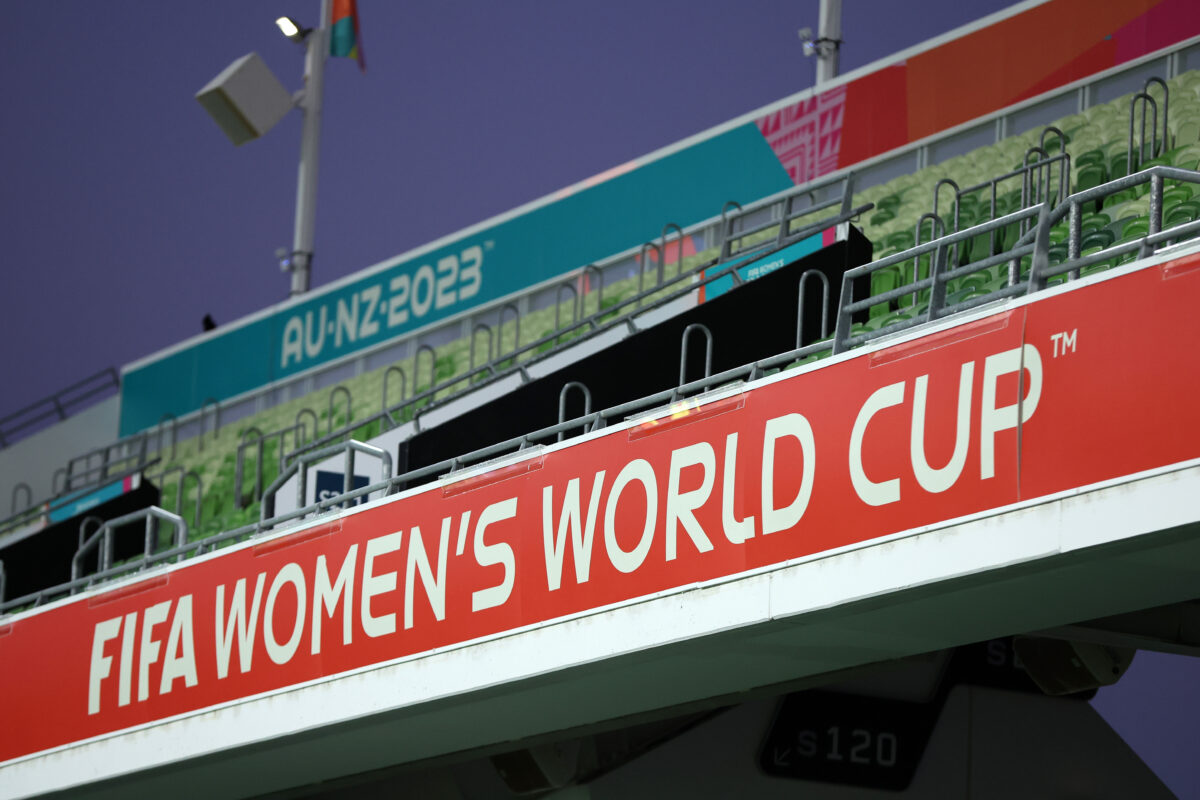The group stage at the 2023 World Cup figures to have some extremely dramatic finishes.
With teams getting just three games to pile up the points necessary to get into the knockout rounds, tiebreakers are virtually inevitable. Every World Cup, men’s or women’s, features high drama as simultaneous kickoffs in every group’s final set of games can require two screens to know at any moment who is going through, and who is going home.
With the final set of group games upon us, the tournament is likely to have two teams (or more!) ending up on the same point total somewhere in the mix, and that means going down the list of tiebreakers.
Razor-thin margins are built into the World Cup. The tiebreaking procedures may determine advancement or an early flight home, and they may also sort out group winners from runners-up.
How do World Cup tiebreakers work?
Obviously, groups are determined by total points. Teams get three for a win, one for a draw, and none for a loss. That’s all very normal. It’s once we get into the tiebreakers that things get more murky.
FIFA’s order of operations when teams end up with the same point total is as follows:
Goal difference: Subtract a team’s goals conceded in the group from their goals scored, and you have their goal difference. The higher, the better.
Goals scored: This is the most simple tiebreaker: if the teams have the same point total and goal difference, the team that scored more goals finishes higher.
Head-to-head results. If the teams can’t be broken up on goal totals, FIFA zooms in on the game they played against each other. If that ended in a draw, we move down this list, but if one team beat the other, the winner has the edge. That said, in the event of three teams ending up level on points, goal difference, and goals scored, this tiebreaker will likely be decisive. It is possible for a group to finish with all four teams on four points, but in that scenario this tiebreaker is pretty clearly not going to determine anything.
Head-to-head goal difference: You know the score by now. If the results between the tied teams don’t separate them, we move on to goal difference. With teams only playing one another once in the group stage, this tiebreaker can only be useful in the event of a three-way tie.
Head-to-head goals scored: Again, a repeat of an earlier tiebreaker, scaled down to just the meetings between the teams that need to be separated. As with the last tiebreaker, there’s no way this one comes up if we have a two-team tie.
Fair play points: This is where the tiebreaking process starts to get strange. FIFA wanted to incentivize sportsmanship and clean play, and as such has been assigning a point total based on how many bookings a team collects in the group stage. The fair play point system works like this:
- Yellow card: -1 points
- Red card via two yellow cards: -3 points
- Straight red card: -4 points
- Yellow card and straight red card: -5 points
A player can only be responsible for one of these four scores, so for example, the player receiving two yellow cards isn’t assessed a minus-one for both cards on top of the minus-three for being sent off.
There is no way to get a positive point total in FIFA’s system. The team whose fair play score is closest to zero will advance if this tiebreaker comes into use, which is a very rare situation.
Drawing of lots: If the teams can’t be separated by any of the above, a member FIFA’s organizing committee with no connections to the tied teams will literally pull a name out of the pot, and that team will go through.
Per a BBC report from 2018, FIFA’s procedure involves placing each team’s name into a separate ball (much like the World Cup draw itself). The organizing committee member will pick a ball out of the pot, and the team in that ball will advance. It’s cruel, but the World Cup doesn’t come with time to insert a one-game playoff between the group stage and the round of 16.
[lawrence-related id=21229,23410,24052]
